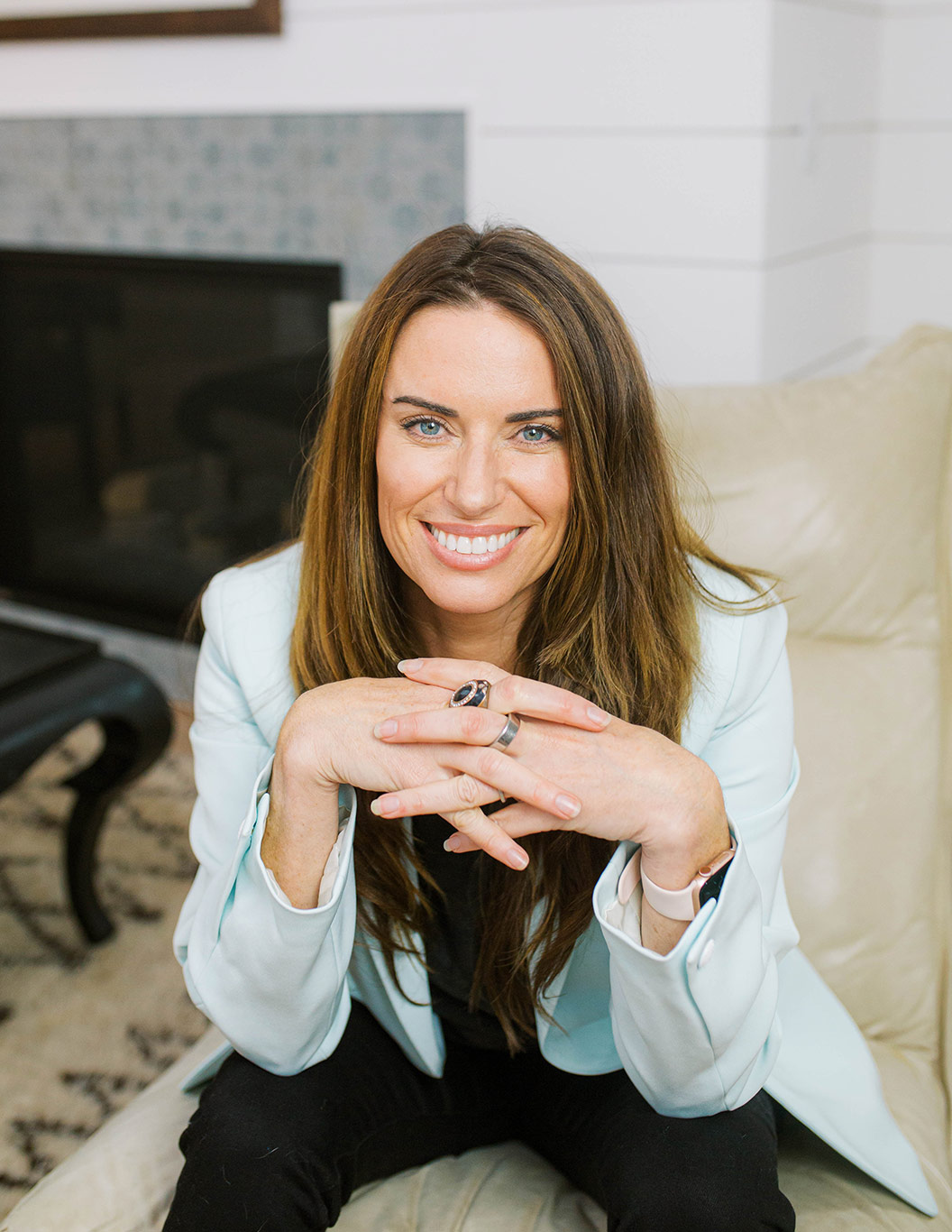
I'm a social scientist who helps people break out of the invisible traps and make whole-life changes easily and naturally.
How to Stop Blaming and Start Inspiring Others to Succeed
Somebody’s doing it wrong. You see them cutting corners. They’re making mistakes. You are really sick of having to endure it.
Have you noticed someone around you who has the ability to take action but isn’t? Is it frustrating you? Do you want more?
You have two possible paths to take. One is to go below the line and go into Villain mode by blaming, shaming, criticizing, and judging.
The alternative is to engage a role in the Empowerment Triangle.
You can play the Challenger.
Playing the Challenger means you are attuned to someone not taking action. You notice they are not taking responsibility for themselves, or they are not controlling all the things they can control.
You can positively challenge by applying loving pressure to accept they are the creator of their life and their own circumstances. Challenging is a form of love because you genuinely believe someone is capable of change and creation.
Challengers reject victimhood and consciously push others to see where they have power, agency, and choice.
How Challenging Others is Empowerment
So how does this relate to the Empowerment Triangle?
As a Challenger, you see the Creator in someone, even if they don’t see it themselves. You see their power even if they feel they are powerless, feel they can’t, think they need something else, and feel it’s hopeless.
You, as a Challenger, see them as resourceful and whole. The Challenger knows you can’t save them, but they can save themselves. By challenging others, you give them the opportunity to see where they can begin to take action and make different choices in order to achieve what they want.
Challengers use accountability to promote growth. Challengers look at results and speak in the language of facts without blame, shame, judgment, or any other Villain tendencies.
When successfully done, the Challenger allows a person who has seen themself as a victim to finally face what’s no longer of service.
Here’s an example:
“Hey, I see at the end of every night you are going to bed exhausted and you’re leaving the kitchen with dirty dishes on the counter. You wake up the next morning and you race off to work. I see you working at all hours of the day and night without taking breaks.”
Notice there isn’t blame. Those statements don’t shame or judge. They don’t offer a reason or a story about them. Those observations are facts and presented as such.
When you challenge consciously, you present the information and challenge someone to face reality and their hand in creating those circumstances.
Here’s an example at the office:
You’re a manager and you have an employee who is continually appearing five to ten minutes late to meetings. You want more from them and believe more is possible. You can name it, see it, and say it.
“I for the last three meetings you have been at least five minutes late for a meeting. I want you to be on time.”
Ultimately, the goal of the challenger is to facilitate growth through dismantling victim mindsets and promoting accountability.
A great challenger looks at results not only behavior. You can look at what someone is creating as evidence of what they are committed to. In the example above, you know the employee isn’t committed to showing up on time because they were not on time.
Challengers believe in potential. When you challenge others and invite them to see realities they perhaps haven’t been acknowledging, you do so fully believing they are capable of creating different results.
When you draw attention to results and true impact, you remove the blinders people want to wear in drama and Victim mode.
When you face what you are actually committed to by looking at your results, you experience discomfort if your results do not reflect your values. This discomfort is essential to making true change. If your vision and results aren’t aligning, it is a wake-up call for you to assess what steps you need to take in order to create results to support your vision.
xo,

About this episode:
Let go of toxic blame and shame, and learn how to challenge yourself and others in a way that promotes growth, sustainable change, and success. Discover a way to lead that encourages those around you to take accountability and step into their creative power.
This episode is the final part of the 3-part series on the Empowerment Triangle- the role of the Challenger. You’ll learn skills, tools, and mindsets to become a more effective, resourceful manager. Help your team grow by staying above the line and challenging yourself and your team in an enlightened way, where you bring out the best in everyone.
You are allowed to step into a different form of power that serves you, those around you, and the world.
More About…
10 Steps to Shift You and Your Team out of Drama – Video Playlist
The Hero Role in the Drama Triangle
The Villain Role in the Drama Triangle
The Victim Role in the Drama Triangle
Skills for Creating Anything You Want
The Change Formula- Why Self Help Books Aren’t Working For You
Fact Vs. Story- The Most Fundamental Leadership Skill
Forward Fearless is no longer in session. Please join our email list to be notified of new opportunities.
